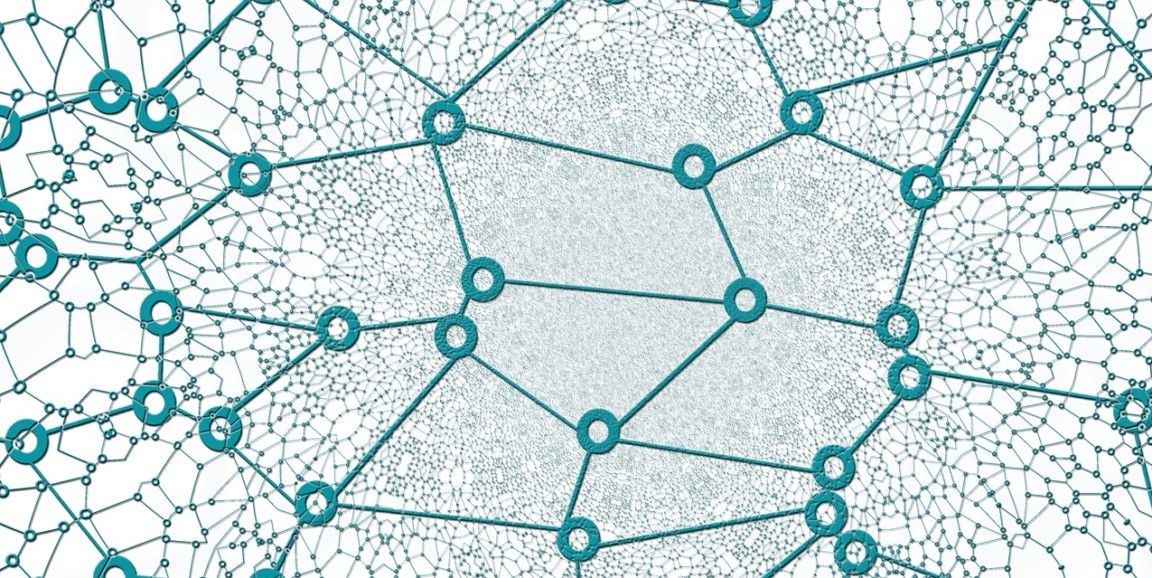As a freshly minted undergraduate, Kristin Reese had a strange side hustle. With her trusty ice chest, Reese helped collect donor hearts for a research project investigating the genomic differences between healthy and failing hearts.
"We were basically on call 24/7," said Reese, MD, who is now a resident at Yale. And that's no exaggeration.
A midnight heart tissue collection run? Or perhaps a 3 a.m. dash to the hospital to secure a donor heart? That was just part of the job. In fact, the majority of her organ pick ups were in the wee hours of the night.
"These tissue samples were so valuable, we couldn't afford to miss a single one," Reese said.
The precious heart tissue played a critical role in the research of Euan Ashley, MB ChB, DPhil, professor of medicine, of genetics and of biomedical data science at Stanford. Typically, studies that harness heart tissue only have access to diseased tissue. (Who's going to offer up their healthy heart for research?) But Ashley and his team were able to gain access to about 100 healthy donor hearts that, for one reason or another, were ill-suited for transplant.
Now, by comparing genomic data of healthy hearts and degenerating hearts, Ashley and his team have created one of the first genomic maps to reveal what happens when a heart transitions into failure.
From the release:
Ashley ... calls it a gene network. These networks, he said, are akin to social networks. 'Let's say we traced the whereabouts of the human resources department at Stanford. We could see that they tend to park in the same area, go to the same office, and get lunch in the same place,' he said. 'They move together, and so it can be reasonably inferred that they are somehow related to each other.'
The gene network is sort of like that, except for instead of monitoring physical movement between places, Ashley and his team track changes in gene activity, especially in those hearts that have failed.
By delineating these gene networks, the group has discovered one gene in particular that seems to be at the center of the action. It appears to be highly connected in heart failure, meaning its activity is similar to that of many neighbors. What's even more exciting, Ashley said, is that when the researchers disabled the function of this gene in mouse models of heart failure, the mice were protected and did not succumb to the cardiac condition.
Right now the research is still in mice, but the goal is to find a way to inhibit this gene somehow in humans and one day turn it into a drug that could protect patients from heart failure, Ashley said.
Photo by geralt




